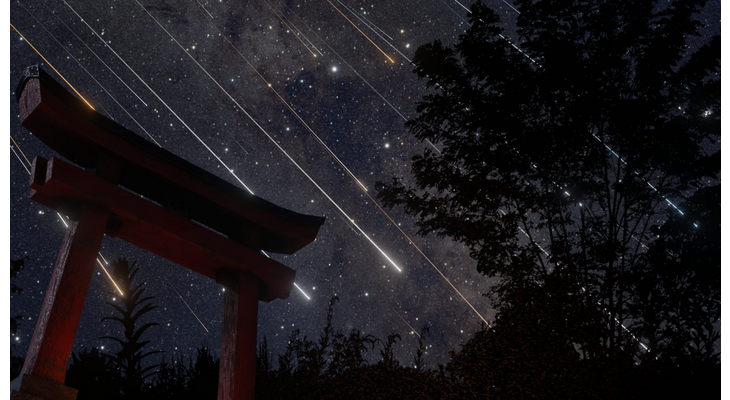In October, two meteor showers will be visible. According to the Moscow Planetarium, the peak of the Draconid meteor shower is expected on October 9th, while the Orionid meteor shower will reach its maximum on October 21st.
The Draconids are a meteor shower consisting of tiny particles that have broken off from the 21P/Giacobini-Zinner comet. When they enter Earth’s atmosphere, they flare up and then disintegrate. A distinctive feature of the Draconids is the high proportion of faint meteors.
The Orionids are a meteor shower whose meteors appear to originate from the constellation Orion. In reality, the source of the Orionid shower is Halley’s Comet, which leaves behind a dusty tail with particles. When Earth passes through this tail, the particles fall as meteors.
According to the Moscow Planetarium, the Moon will be close to full phase during the Draconid peak, which may hinder observation even in clear weather conditions. The best time for meteor observation will be after 1 a.m., when the Moon sets below the horizon.
Muscovites will be able to see the Draconids starting at 12:30 a.m. on October 9th.
The Orionid meteor shower can be observed around midnight. However, the Moon may again interfere with Orionid observations, as it will enter its last quarter phase on October 21st.









